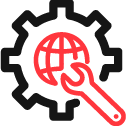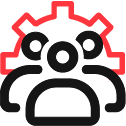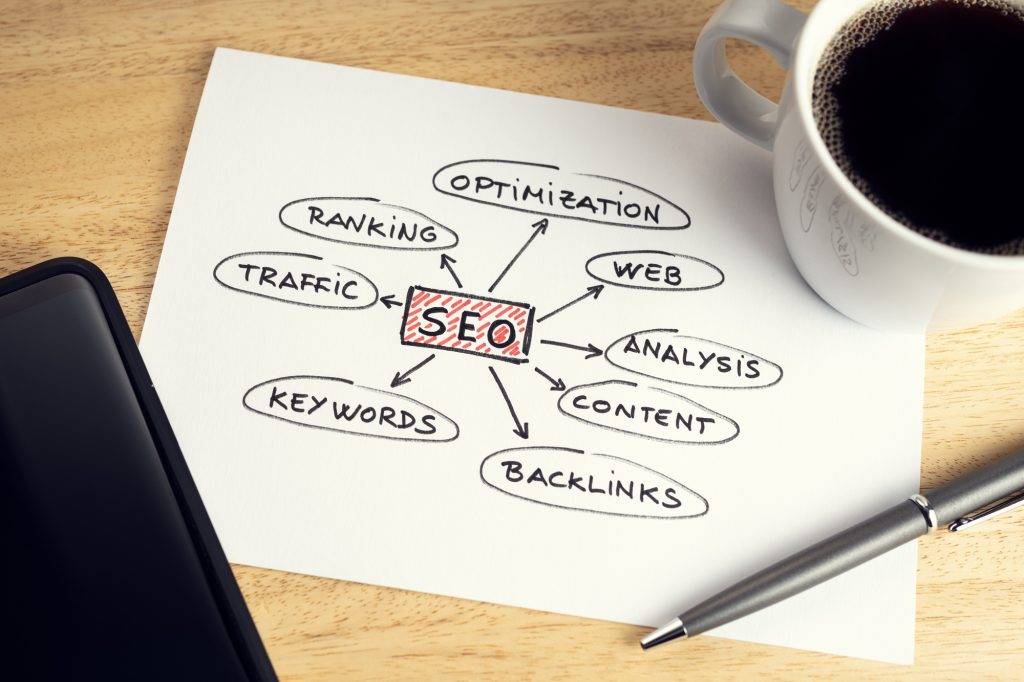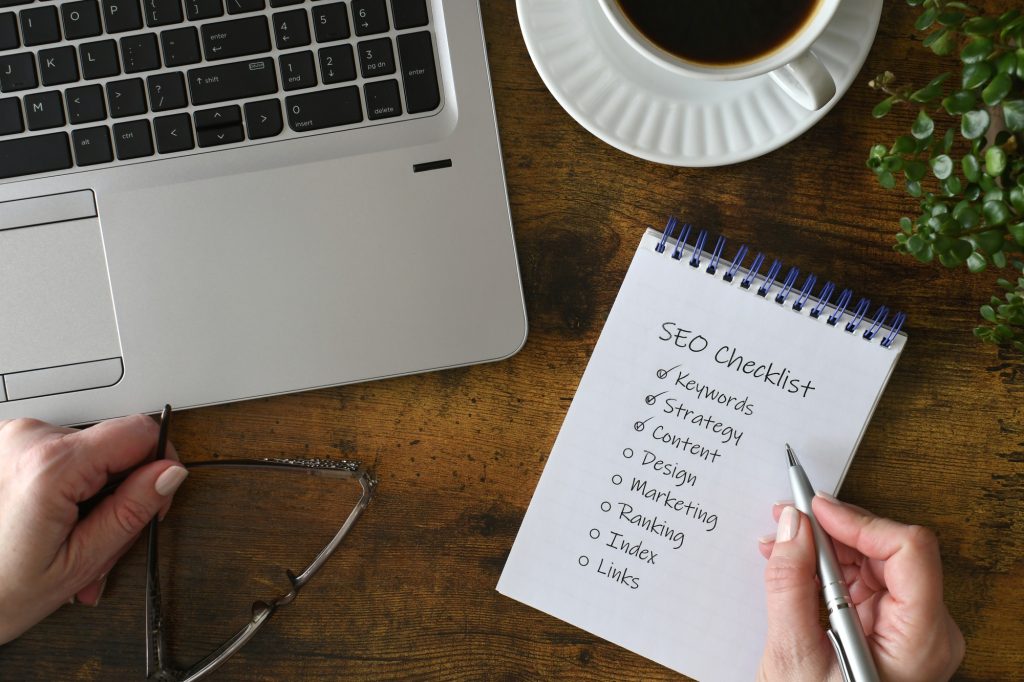Working from home has been widespread for the past couple of years. And a host of companies and businesses, in order to maintain continuity and adaptability, have shifted to the work from home setup. Now, with everything slowly returning to normalcy, work from home setup has become a privilege for some employees.
Both companies and employees have reservations about working from home, with productivity being the primary reason. Having that said, before we dive into its basics and on how both parties can ensure productivity and fulfillment in a work from home setup, let us first discuss the current situation of this particular setup.
Work from Home Setup: By the Numbers
According to Forbes, as of 2023, 12.7% of full-time employees enjoy the benefits of work from home setup. Clearly necessitated by the global pandemic, this arrangement has become a mainstay in the employee structures of a lot of companies. Some organizations also adopted a hybrid setup, which is a combination of working from home and working on-site. Nevertheless, a significant number of workers are still working on-site, which proves that the traditional setup of working on-site is still omnipresent.
These trends and statistics are also proof that times are changing. A huge number of the workforce has embraced the work from home setup. With that, the idea of WFH is being used by some companies to encourage potential employees to join their company. Some workers now also have a preference of applying only to positions and companies that offer work from home setup. Because of this, companies and employees alike have to adapt to the foregoing trends of working remotely and changes in the employment sector.
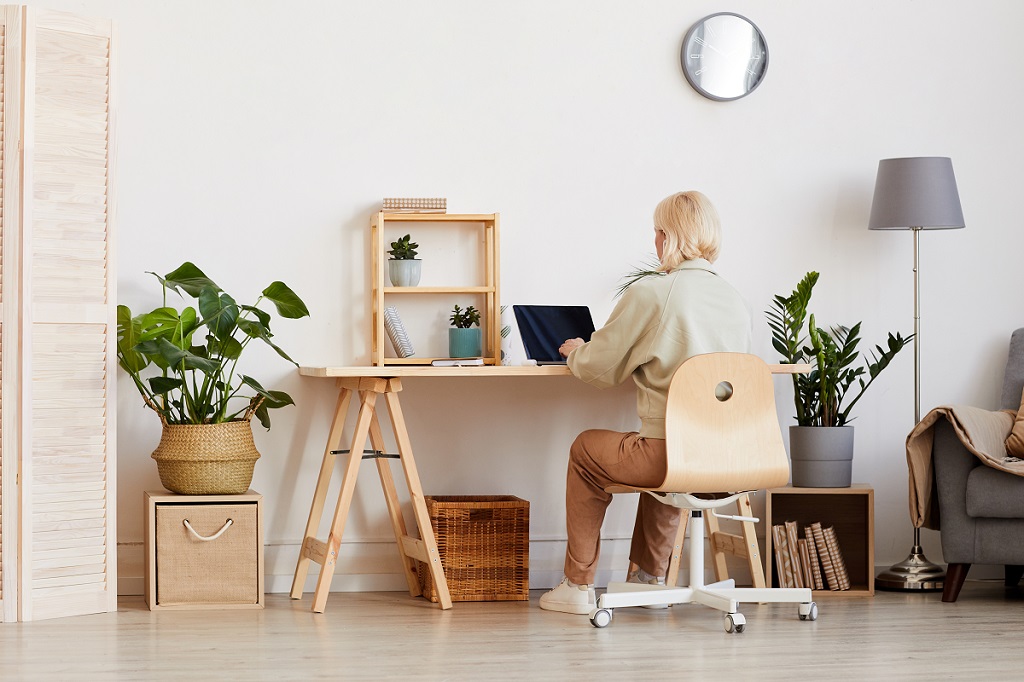
The Differences Among Work from Home, Remote Work, and Telecommuting
Work from home setup can sometimes be confused with remote work and telecommuting. So, before we dive into work from home setup alone, let us first differentiate the three.
Work From Home
Work from home setup basically means that you are doing your work in the comfort of your home. As someone who is working from home, you are expected to work and do your tasks at home and not anywhere else. It is also an option provided by a company allowing a worker to not come into the office and just stay at home while performing their task.
Usually, full-time employees are those who enjoy the privilege of this setup. WFH also allows employees to perform their personal and household tasks at home.
Remote Work
This kind of setup basically means working from anywhere. In contrast to the work from home setup, remote work provides more flexibility and freedom to an employee. An employee working remotely is not bound to just staying at home working; they can also opt to work in a coffee shop, co-working space, or any conducive space of their choosing. Freelancers, part-time employees, contractual employees and the like are usually the ones engaging in remote work.
Due to the flexibility this setup offers, remote workers are not bound by the standard work hours. In some cases, especially for freelancers, one can engage with more than one employment remotely. More importantly, it provides work-life balance since the possibilities of remote working are endless. Imagine: One can be traveling and still be able to work remotely.
Telecommuting
This setup is usually incorporated with the possibility of working remotely while still having to come into a physical office at times. Telecommuting or telework is made possible because of the existence of various online platforms and tools.
Pros and Cons of a Work from Home Setup
WFH has opened a lot of opportunities for change in the workforce. An employee working from home will mention a lot of benefits that they enjoy ever since they started working remotely. However, there are also disadvantages when it comes to this setup. Let us take a look at the pros and cons of a work from home setup.
Advantages of a WFH Setup
Flexibility
Work from home setup offers flexibility when it comes to schedules and availability. You can work around your personal schedule to meet your deadlines at work.
More Work-Life Balance
Since you are just working at the comfort of your home with your family, this setup also affords you more family time. You can pause and take a break from your work and have a quick catch-up time with your family. This also gives more flexibility in attending to your personal needs. Time for leisure and for mental health is now easier to squeeze into our schedules because of the freedom that work from home setup gives.
No More Commute
If you reside far from your office, work from home setup is a luxury. When working remotely, you do not have to spend a chunk of your everyday life commuting anymore. This isn’t even mentioning the savings you get for not spending on travel expenses.
Focus and Productivity
Let’s face it: Sometimes, you just can’t help yourself and have a huge amount of time chitchatting with your favorite co-worker that sometimes affects both of your productivity. With a remote work setup, you can get more work done. You can also focus more because you now have control over your surroundings. You can arrange your work set-up just the way you like it to increase your productivity.
Less Expense on Wardrobe
Say goodbye to stressing over what to wear every day and buying expensive corporate clothes. You can also just work on your pajamas, which may help you be more relaxed when working.
More Freedom to Work or Reside Anywhere
Limitation as to where you would be working or residing is now close to existent. You can get a job a thousand miles away from where you live as long as you can work from home. You can now apply to your dream job even if it is on the other side of the globe.
Time Management Skills and Discipline for Workers
Because of the work from home setup wherein there is a fine line between our household and professional responsibilities, discipline is a must. Employees are now inclined to develop time management skills to work effectively. Also, in order to be efficient and productive in a work from home setup, employees should learn to discipline themselves to stay focused and get work done.
Disadvantages of a WFH Setup
Cost of Equipment
For a conducive workspace while working from home, one might have to invest in the right equipment. From ergonomic chairs to the perfect wireless keyboards, your setup would greatly affect the efficiency of remote working. Therefore, it may be a little costly for an employee to set up his perfect home office.
Distractions Everywhere
When we are working from home, we just can’t help but notice the pile of trash waiting to be thrown out; or your dog wagging its tail as if to get your mind off your deadlines. One disadvantage of work from home setup is the presence of distraction everywhere. One would need considerable discipline to get things done smoothly amidst these distractions.
Productivity
Sometimes, productivity is at stake while working remotely. You only rely on yourself to motivate yourself to work. There are also temptations everywhere, making it hard to focus on your to-do.
Communication and Collaboration
Work from home relies heavily on digital tools and online communication. If a network is disrupted, it might affect an employee or a team and even the whole company. Since everything is online, collaboration might also be a challenge. It might be hard to brainstorm and collectively share your ideas if it is done online. Meetings are sometimes a struggle too.
Absence of Company Culture
It might also be hard to impart and practice company culture to employees working from home. Since they are working physically on their own, it is possible that they are not incorporating positive company culture into everything that they do.
Overworking
If one is working from home, there might be a tendency to not have self-control and to overwork. This is because there is no need to clock out and walk out of the office physically.

Must-Haves in a Work from Home Setup
Now that you know the value of having a good WFH setup, here are the things you need to put together to achieve it.
Ergonomic Office Chair
You spend your sitting all day. So, why not invest in a good ergonomic office chair that offers strong lumbar support to get you through the day? This will also lessen the health risks and low productivity rate that comes alongside working from home.
Ergonomic Keyboard
Having your hands and arms relax will lead you to more productivity. Investing in a good ergonomic keyboard is key.
Laptop Stand
To reduce neck and back pains, it is suggested that you raise your screen up to your eye level. And how do you do that? By giving your work from home setup a boost with a new laptop stand. Laptop stands also allows you to modify your desk setup to your liking. This will not only increase your productivity; it will also boost your morale, giving you more reasons to work.
Standing Work Desk
Tired of sitting all day and looking for some ways to be more active? Say yes to standing work desks. Standing and allowing yourself to move will greatly impact your health and physique. No more excuses for having no physical activity when you have the right standing desk.
Desk Lamp
Proper lighting is a must. In order to not put your eyes at risk, it is important that you do not work in harsh lighting condition, whether bright or dark. It is very helpful to have the perfect desk lamp to illuminate your work area.
Natural Light
Because employees are bound indoors, it is very important that we still get that vitamin D! Have your work stations set up near a window and find yourself being more productive, having better sleep cycles, and increased satisfaction.
Strong Wi-Fi Connection
Since remote working relies heavily on the internet, a strong and reliable Wi-Fi connection is very important. It is also advisable that you have a back-up internet provider, just in case.
Tips to Become Productive and Efficient in a Work from Home Setup
You have enough flexibility to complete your job while working from home. However, if not properly planned, this can easily be counterproductive. Here are practical tips to help you keep organized and manage deadlines while working from home.
- Wake up early. Just like working on site, have the time to prepare before you dive into work. Have some time to take your breakfast, stretch, workout, or meditate. Giving yourself some time to get ready will go a long way.
- Set schedules. Set schedules for everything, including your working hours, time to check emails, and even your personal errands. Once you set those schedules, do your best to stick with it.
- Take your breaks. Not taking breaks will do more harm than good Just like in the office, take your much deserved coffee break.
- Use your time-offs. Plan vacations and travel. It will give you something to look forward to. Do not be afraid to use your sick leaves, too. Just because you can work from your bed doesn’t mean you have to.
- Meal prep if you can. Unlike in the office, sometimes healthy food choices are just not available within your reach. To ensure that you have a proper and nutritious diet, try meal prepping in advance. This will also help you in decreasing the time you spend in the kitchen if you also have to prepare meals for your household.
- Use productivity and organizational apps. Use the right digital tools to help you get more work done. There are a lot of available mobile and desktop applications that you and your team can use in order to stay efficient and productive.
Enjoy Work-Life Balance with us!
Open the doors of endless work from home possibilities with FilWeb Asia! With everything that you know about working from home, we are sure that you just can’t wait to give working from home a try. We offer an extensive collection of work from home jobs to kickstart your career. Contact us today!

